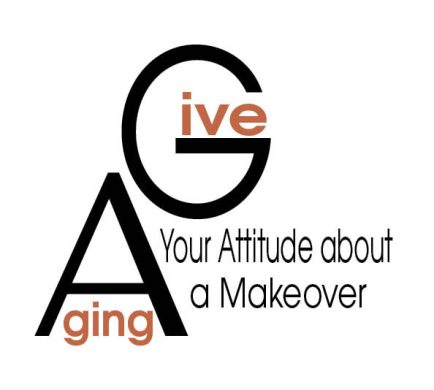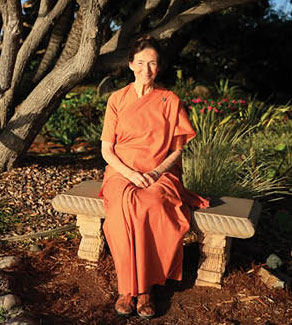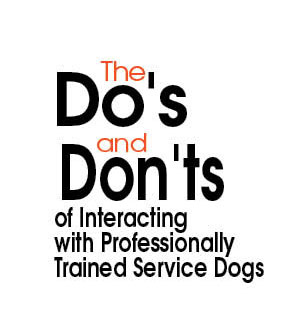By Angela Dunning
I turned 50 last year, and it was nothing less than a massive and rather painful wake-up call. As I quietly reflected on my life to date, I was filled with sadness and anxiety about all the life I had not yet lived and all the years wasted due to my tendency to always look back instead of forwards. At the same time, I had also finally come to the realization that what I had been experiencing for so many years were symptoms of complex trauma as a result of my early childhood deprivations. These two huge realizations coalesced in me and gave me a renewed sense of determination to finally pursue the life I am meant to be living.
In his book on trauma, ‘The Body Keeps the Score,’ Bessel van der Kolk reminds us, “Being traumatized is not just an issue of being stuck in the past; it is just as much a problem of not being fully alive in the present .”This hit the nail on the head for me and consolidated my turning point.
Being stuck in the past is very common for people as most of us have suffered something traumatic at one time in our life, particularly in childhood which continues to leave long-lasting damage in peoples’ lives. Furthermore, faith in ourselves to feel any different or better, or to even dare to want a better life, often feels very out of reach for people with a history of trauma. As if they don’t deserve to even desire a happier life. This belief is deeply entrenched and causes a myriad of problems in its wake.
Yet, it IS possible to move forwards and desist from staying stuck in the past and on an endless loop of ruminating and analyzing what happened to us long ago. Please take it from one who has very easily fallen into this trap and spent years of my life stuck in the pain, sorrow, and anger of my past: That it is possible to stop this cycling, and it is possible to start to move forwards.
I think that this is actually where the real healing starts to happen. I don’t mean by ignoring or denying what has happened to us, but rather by fully accepting that was my past and owning it, feeling the pain and emotions connected to what happened, but then really making a commitment to yourself that you will move beyond the pain. That you will commit to yourself and your life now and start to build the life you’ve so longed for.
As existential psychiatrist and author Irvin D. Yalom suggests, a big part of this process is to stop wishing our past had been a different one and instead accept what happened to us in all of its rawness. To face the truth of how our life has been up until now so that we may finally find the strength and determination to create the life we want.
How this happens in practice is by starting to shift the amount of time spent thinking about and putting energy into our past and those connected to it. Cutting necessary ties to anyone who wants to keep us stuck in this cycle is vital, and this can include close family members more often than people like to admit. But it can also include the types of therapy or support we choose to commit to. We need to find the helping professional and approach that fits with our true, most authentic selves. One which acknowledges, honors, and supports our innate capacities and qualities. Someone who sees immediately who we really are at our deepest core and who can offer support and guidance which bolsters these qualities in us, rather than criticizes, misunderstands, or seeks to make us live a life that is out of synch with who we actually are.
One of the many positive benefits of my equine partnered work is that when engaging with horses, we have to be much more focused on the present moment, the here and now, than on what happened to us in the past. Indeed, horses aren’t at all interested in our backstory. Rather, they are much more interested in how we feel right now, what thoughts are blocking our energy and focus, and what is lodged in our body that needs help to be faced and released. And specifically, what we can do at the moment to change this in ourselves. Then, the second we make a change in the right direction, the horse affirms this to us through a positive response, often in the form of making a closer connection or initiating touch and affection. In this moment of close connection, we feel wanted, supported, and loved, all of which is immensely healing, and we start to build faith in ourselves that moving forward in a more positive way is something we are allowed to want and can achieve.
As humans, we can get so utterly stuck in our own thought patterns and beliefs, which in turn create emotional patterns such as depression, guilt, shame, and sadness. And it simply doesn’t help to keep endlessly talking about the same issue again and again. However, by working in a gentle, experiential, and embodied way with horses, we can learn to unlock these patterns and actually experience what it feels like to move forwards. Often in a session, this can involve us moving physically forward or being able to encourage the horse to move, which indicates physical energy being unblocked once an emotion is fully felt and/or a thought pattern or belief is changed. Then participants actually experience and feel a sense of forward movement and an accompanying sense of relief, which they can also metaphorically take into their lives afterward; a sense of more purpose, direction, power, and relief.
There are many steps involved in recovering and creating the life we want, and the above is but a snapshot of some of the key areas that need focus and attention. Ultimately, however, if we find the right support and start to align our core innate self with the life that fits for us, we can’t help but be on the right track. And maybe finally, we can dare to dream of living the life we want instead of endlessly repeating what has been up until now.
Photo by Sergei Solo







